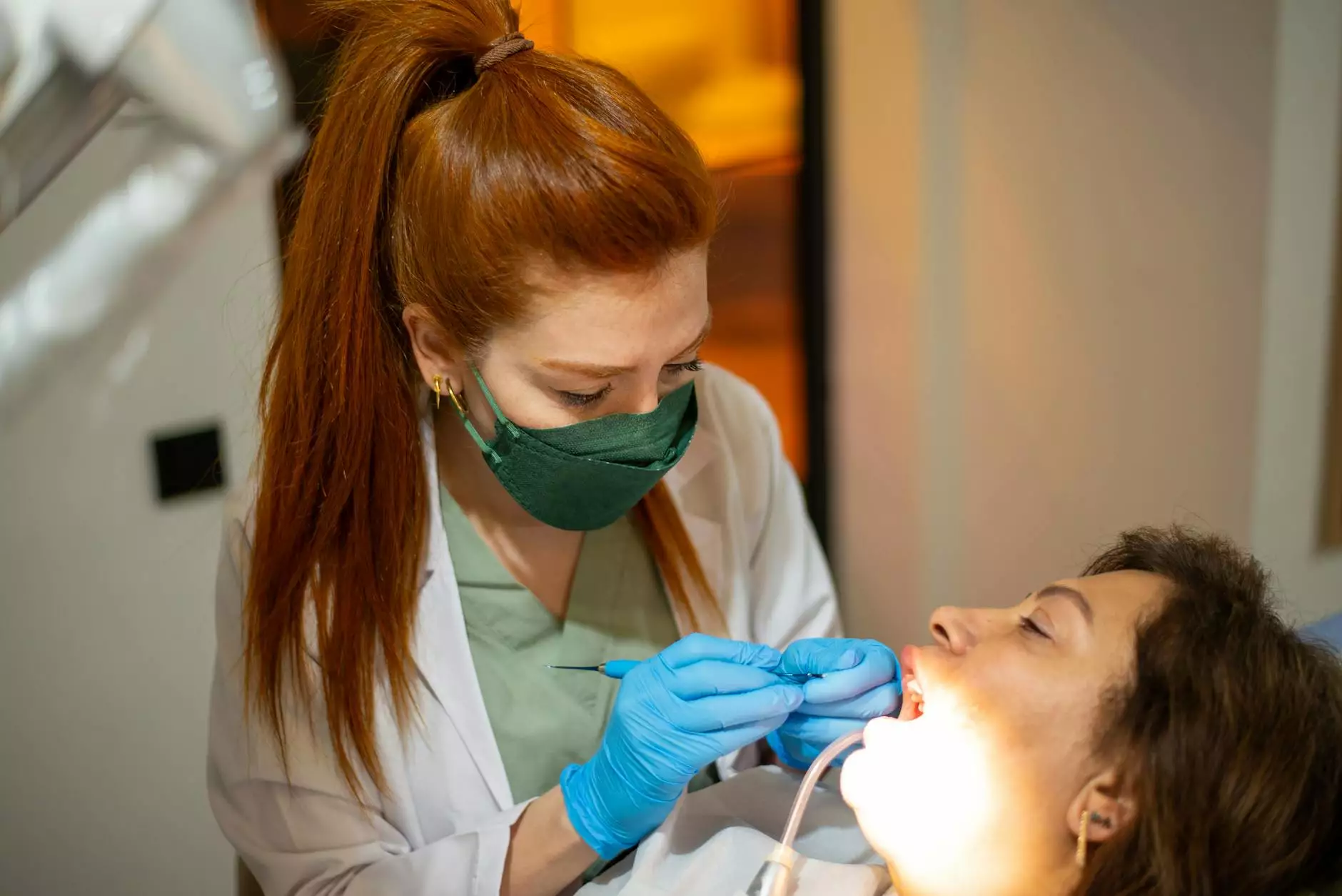Treatment for Dark Spots on Legs: A Comprehensive Guide

Dark spots on the legs can be both a cosmetic concern and a source of insecurity for many individuals. Whether you are a fitness enthusiast, a beach lover, or someone who simply wishes to flaunt beautiful legs, experiencing dark spots can be frustrating. Fortunately, numerous treatments effectively target these areas, restoring confidence and enhancing skin quality. This article will explore various treatment options for dark spots on legs and unveil the underlying causes. From medical interventions to home remedies, we aim to give you well-rounded information to help you make informed decisions.
Understanding Dark Spots on Legs
Dark spots, also known as hyperpigmentation, occur due to the excess production of melanin, the pigment responsible for skin color. Often harmless, these spots can appear on various parts of the body, including the legs. Let’s delve deeper into the causes, types, and the impact of dark spots.
Causes of Dark Spots on Legs
- Sun Exposure: Prolonged exposure to UV rays can cause skin cells to produce excess melanin, leading to sunspots.
- Aging: As we age, the skin’s ability to regenerate decreases, often resulting in uneven pigmentation.
- Hormonal Changes: Hormonal fluctuations, especially during pregnancy or hormone therapy, can trigger melasma, characterized by dark patches.
- Skin Injuries: Scars from cuts, insect bites, or acne can develop into dark spots as the skin heals.
- Certain Medications: Some medications may induce photosensitivity or impact melanin production.
Types of Dark Spots
Dark spots can be classified into several types based on their appearance and causes:
- Sun Spots: Also known as solar lentigines, these are brown lesions that appear on sun-exposed areas.
- Age Spots: Commonly found in older adults, these spots develop due to cumulative sun exposure over the years.
- Melasma: Characterized by larger patches of dark skin, commonly seen in women during pregnancy.
- Post-Inflammatory Hyperpigmentation: Dark spots that follow an inflammatory process or skin injury.
Treatment Options for Dark Spots on Legs
There are numerous effective treatments available for dark spots on the legs, ranging from professional dermatological solutions to natural home remedies. This section details some popular and proven methods.
1. Medical Treatments
Seeking professional help can be beneficial, especially for stubborn dark spots. Here are some common medical treatments:
Laser Therapy
Laser treatments are highly effective in targeting dark spots. There are various types of lasers, such as:
- Fractional CO2 Laser: Targets deeper layers of the skin, breaking down pigmentation.
- Pulsed Dye Laser: Minimizes redness while targeting pigmentation.
Chemical Peels
Chemical peels involve applying a solution to the skin that exfoliates the outer layer, promoting new skin growth. The most effective peels for dark spots include:
- Glycolic Acid Peels: Help slough off dead skin cells, revealing brighter skin.
- Salicylic Acid Peels: Particularly beneficial for oily skin types.
Microdermabrasion
This non-invasive procedure exfoliates the superficial layer of the skin, promoting cell renewal and reducing pigmentation over time.
2. Topical Treatments
Over-the-counter and prescription creams can also be effective in reducing dark spots. Key ingredients to look for include:
- Hydroquinone: A skin-lightening agent that helps fade dark spots quickly.
- Retinoids: Vitamin A derivatives that encourage cell turnover and reduce pigmentation.
- Vitamin C: An antioxidant that helps brighten skin and reduce dark spots.
- Niacinamide: A form of Vitamin B3 that can help lighten hyperpigmentation.
3. Home Remedies
If you prefer natural treatments, several home remedies may help lighten dark spots. While results can vary, many people find success with:
Lemon Juice
Lemon juice is known for its natural bleaching properties. It is enriched with Vitamin C, which helps diminish dark spots. However, use it cautiously as it can cause sensitivity to sunlight.
Aloe Vera
Aloe vera contains compounds that promote skin regeneration. Applying fresh aloe vera gel to the affected areas nightly can yield positive results.
Apple Cider Vinegar
The acetic acid found in apple cider vinegar can help lighten pigmentation. Mixing it with water and applying it to the skin can be effective.
4. Preventive Measures
Preventing dark spots is equally important as treating them. Here are some effective preventive measures to consider:
- Always Use Sunscreen: Apply broad-spectrum sunscreen with a minimum SPF of 30 daily to protect against UV damage.
- Avoid Tanning Beds: Tanning beds can exacerbate pigmentation issues.
- Wear Protective Clothing: Long sleeves and wide-brimmed hats can shield legs from harmful rays.
- Moisturize Regularly: Keep the skin hydrated and healthy to enhance its protective barrier.
The Role of Expert Consultation
Before embarking on any treatment for dark spots on legs, consulting a specialist is crucial. Dermatologists can offer personalized advice based on skin type and medical history. At Truffles Vein Specialists, expert vascular doctors provide tailored solutions to ensure the best results for your skin.
Initial Consultation
The first step usually involves a thorough consultation, during which you can discuss your concerns, medical history, and possible treatments. During this time, doctors may:
- Examine your skin.
- Discuss causes and lifestyle factors contributing to dark spots.
- Recommend appropriate treatment options tailored to your condition.
Follow-Up Care
Post-treatment care is vital for achieving the desired outcome. Following your dermatologist's instructions and scheduling regular follow-ups can help monitor progress and make necessary adjustments to your treatment plan.
Conclusion
Dark spots on the legs are a common concern but can be effectively addressed with the right treatments and preventive measures. From professional medical interventions at Truffles Vein Specialists to natural home remedies, numerous options are available to help restore your skin’s natural radiance. Remember that consistency is key, and always consult a healthcare professional to find the best approach for your unique skin type. Embracing a proactive strategy towards skin care can lead to beautiful, clear legs that you’ll love to show off!









